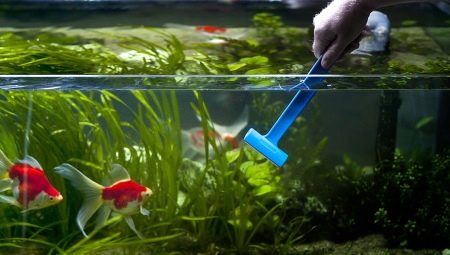You can endlessly admire the clean aquarium with clear water, densely populated with bright fish and emerald algae. The ever-changing picture of underwater beauties soothes and relaxes. However, so that nothing could distract the observer from contemplating the underwater world, and its inhabitants always felt good, the aquarium should be spotlessly clean.
How often is it necessary to wash the aquarium, what means and tools should be used in this procedure? What are the ways to clean the aquarium, what do they mean? Let's try to figure it out.
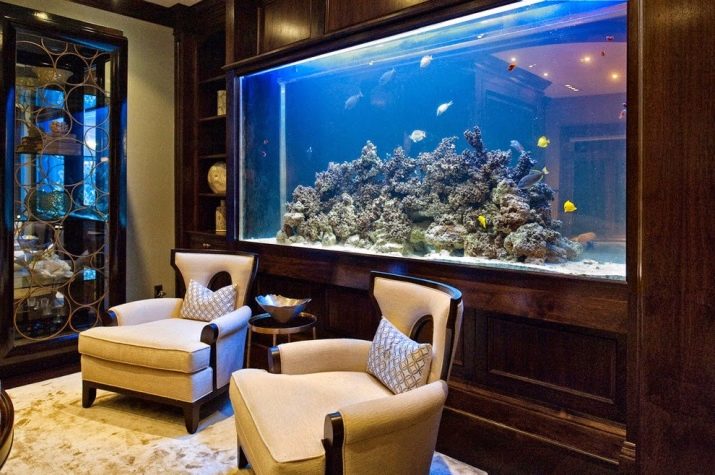
Why clean the aquarium?
Periodic cleaning and washing absolutely any aquarium is required, even one equipped with an ultra-modern filtration system. Over time, the space of the aquarium begins to fill up with waste products from its inhabitants, decomposed food residues and fragments of algae. As the filters become clogged, the water in the aquarium becomes cloudy, and the oxygen content necessary for the fish is reduced in it. At the same time, plaque begins to form on the walls of the aquarium, on the surface of algae and decor items.
If cleaning measures are not taken in a timely manner, the increasing volume of contaminants can cause diseases and even death of the aquarium inhabitants. Severe clogging of the filtration system, in turn, can lead to equipment damage.
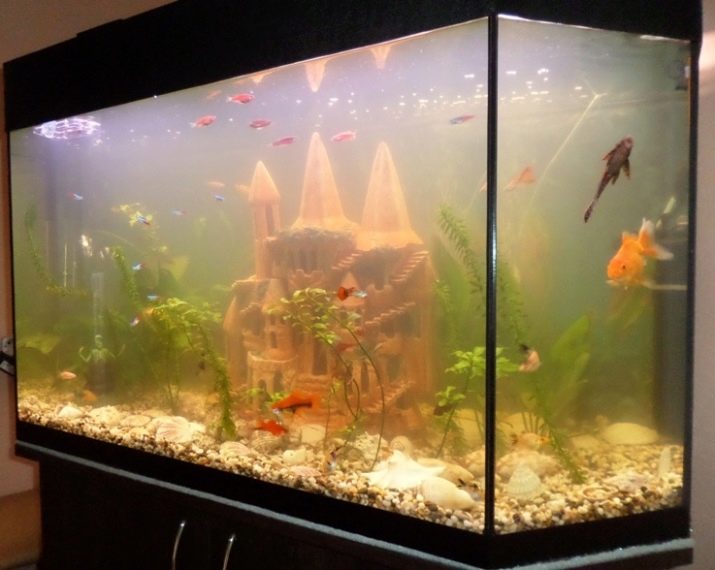
The main signs indicating the need for washing the aquarium:
- plaque on the walls;
- plaque on plants, decorating elements, feeding trough;
- reduced filter power due to clogging;
- turbidity of the water or a change in its color.
It is important to consider that radical cleaning of the aquarium entails its subsequent complete restart. This procedure is usually carried out in extreme cases, for example, when there is a massive death of fish, severe diseases of aquarium plants are detected.
In most cases, regular surface cleanings of the aquarium are sufficient, without disturbing its established ecosystem and biological balance.
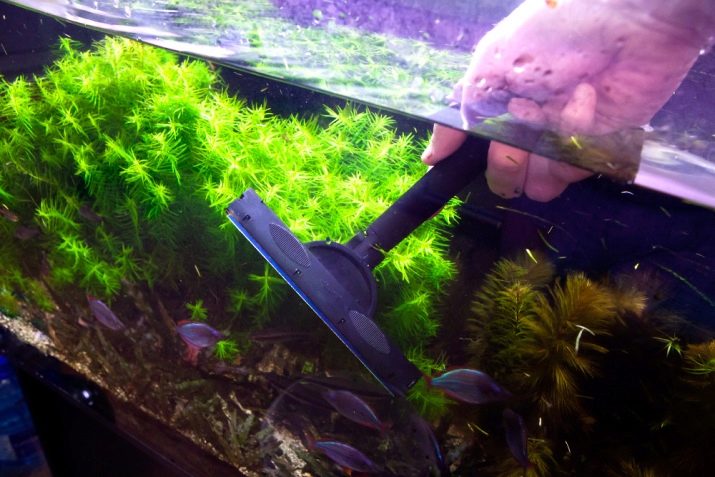
Washing frequency
The frequency of washing the aquarium is a specific parameter, depending on a number of certain factors. In this regard, the volume of the aquarium, the number of inhabitants inhabiting it, and the space load with decor items, living and artificial plants, are also important.
The average frequency of procedures:
- planned water change - 1 time in 1-2 weeks;
- cleaning the walls of the aquarium - 1 time per week;
- maintenance of filtration and other equipment (lamps, aerators) - 1 time per month;
- cleaning stones, decor items, sand - 1 time in 1-2 weeks;
- adding fresh water as it evaporates - 1 time in 3-5 days.
In addition, experienced aquarists recommend regularly examining the quality of water for the content of nitrates, ammonia, nitrites in it.
It is also advisable to regularly check the level of hardness and acidity of the water. These studies are carried out using special test strips. If the results deviate from the norm, one should not hesitate to restore order in the aquarium and partially renew the water.
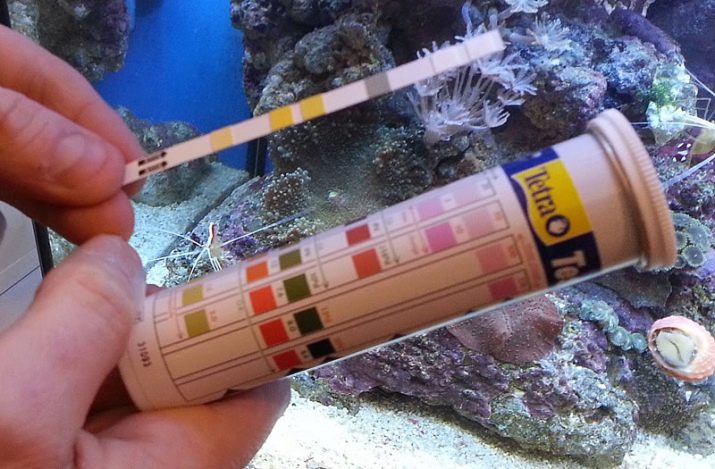
Necessary facilities and tools
Each aquarist uses the most convenient list of tools and improvised tools for washing and cleaning the aquarium. Typically, this list includes the following fixtures and accessories:
- algae scraper;
- a basin and / or bucket;
- mop-scraper with a foam nozzle;
- non-toxic wiper, soda, citric acid or wine vinegar;
- blade to remove complex dirt;
- pump for pumping water or siphon;
- supplies - clean sponges, paper towels, clean, dry rags.
Metal scrapers algae remover suitable for glass aquariums. However, when working with them, care must be taken not to scratch the walls and damage the layer of sealing material at the joints of the structure. For acrylic aquariums, use plastic scrapers. Very convenient to use are special scrapers with a magnet. They make it easy to clean large surfaces from soft coating, and the aquarist will not even have to wet his hands during operation.

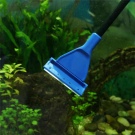
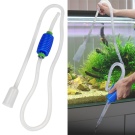

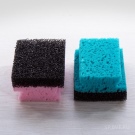
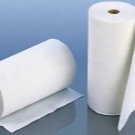
To remove the gray-white limescale from the glass you will need special cleaner. If such a tool is not at hand, it is allowed to use a solution of citric acid or wine vinegar, which will destroy lime deposits and can be easily removed. In addition, you can speed up the removal of limescale with the help of special aids, for example, Tetratec wipes or Aquarium Pharmaceuticals Safe And Easy Spray.
It is highly recommended not to use aggressive chemicals to clean the aquarium. Firstly, they require very thorough rinsing, and secondly, their active components can damage the sealing agent at the joints of the structure.
It is safest to use ordinary baking soda to remove contaminants. However, it must be thoroughly washed off at the end of the work.
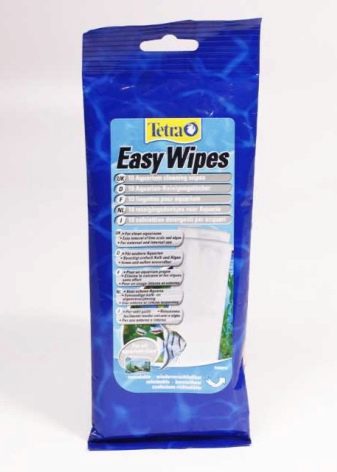

Among the optional accessories that may come in handy during operation, it should be noted:
- nets;
- long tweezers;
- ladle.
It is preferable to have several net sizes of different sizes on hand if different types of fish inhabit the aquarium.For fry and small fish it is more convenient to use small, fine-mesh nets on a long handle.
Tweezers may be required when working with plants, small stones and decor items. Some aquarists additionally use surgical clamps with narrow, curved ends.
In addition to the above tools and fixtures, you may need accessories and consumables for filtration equipment. They should be prepared in advance, carefully reading the instructions for servicing the device.
Separately, it should be said about the correct preparation of water for replacement (if there is such a need). The water used to fill the aquarium is only settled. Water should be sedimented for 3-4 days.
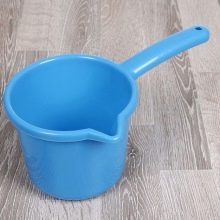
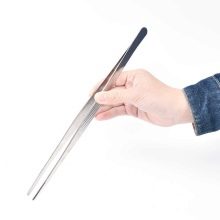
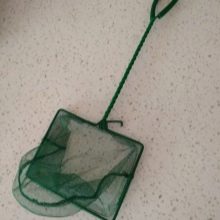
Surface cleaning instruction
Regular surface cleaning allows you to keep the aquarium clean and tidy without much effort. Before performing this procedure, it is recommended to disconnect all electrical equipment from the network.
An approximate list of actions that includes surface cleaning:
- removal of plaque from the walls with a scraper, magnet or sponge;
- extraction of decor items and their cleaning from plaque and pollution;
- removal of dead plants, snails, fish, mollusks;
- pruning and algae formation (if necessary);
- siphon cleaning;
- washing and cleaning the filter;
- partial replacement of water.
At the very beginning, the walls are cleaned of plaque and algae. This manipulation is performed without draining the water from the aquarium. Soft coating can be easily removed with a magnet scraper or a foam sponge scraper. During cleaning, special attention is paid to hard-to-reach places - joints and corners. Resistant deposits on the walls are eliminated with a metal or plastic scraper.

Next, stones, contaminated artificial plants and decor items are removed from the aquarium. They are soaked for 10-15 minutes in a special cleaning agent, after which they are thoroughly wiped with a sponge, removing residual deposits, and washed with running water.
Living plants, if necessary, can be washed in clean, settled water. Excess vegetation is allowed to be removed. During harvesting, diseased and dead parts of plants must be cut with a sterile scalpel or clean scissors. Excessively overgrown aquatic greens can be thinned out by removing excess shoots and stems.
The soil is siphoned with a hose. This device will help to quickly remove debris accumulated at the bottom and eliminate the dregs that have risen from under the stones and sand. The process of cleansing the soil begins to carry out from the dirtiest places in the aquarium, gradually moving towards cleaner areas. Dirty water is drained into a light basin, carefully watching that with its flow in the tank there will not be a fish accidentally pulled into the hose.
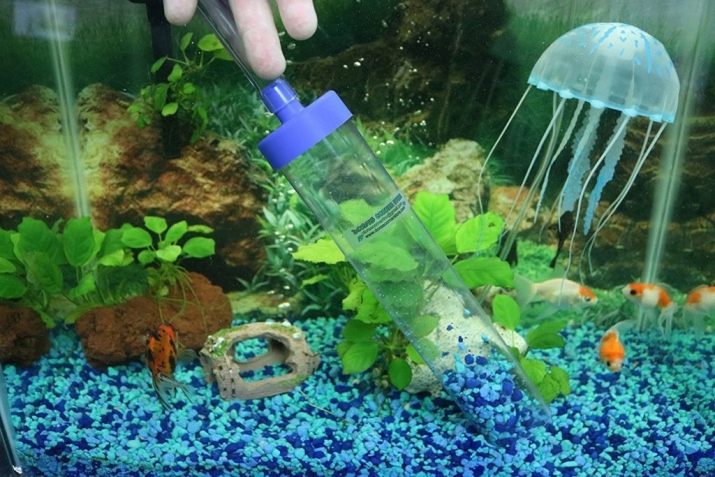
Often aquarists are faced with decay of the soil, which usually occurs when the circulation of water is disturbed. In this case, the soil must be completely replaced. Characteristic signs of decay are the formation of bubbles on the surface of the soil, the appearance of the smell of hydrogen sulfide.
The filter is washed and cleaned in a container with water drained from the aquarium. This will save a layer of useful bioflora covering the surface of the device. Heavily soiled parts of the device may be cleaned using a new toothbrush.
At the final stage, it is necessary to add fresh, settled water to the aquarium. Typically, about a quarter of the total volume of water in the aquarium is replaced. Dirty water is poured into a basin, after which fresh water is added to the aquarium.
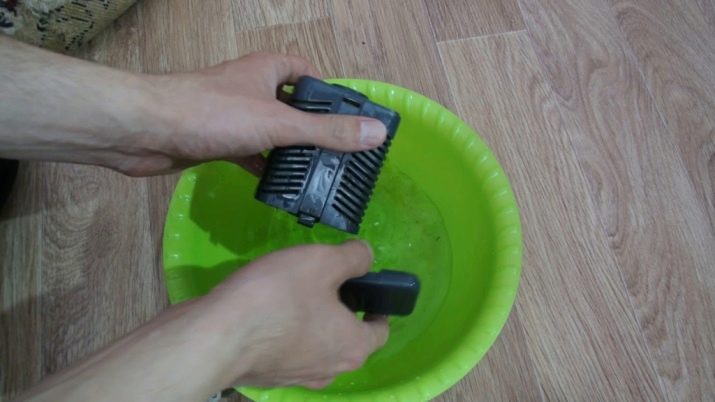
Deep Cleaning Rules
Deep cleaning and washing the aquarium is a laborious and troublesome procedure, which is resorted to in extreme cases. Usually its implementation is associated with outbreaks of disease in fish or plants. The range of actions that it provides includes all the same manipulations as with surface cleaning.The main difference between deep cleaning of the aquarium is thorough and complete antibacterial treatment of the tank and its accessories.
It is quite problematic for one person to completely clean and process a large aquarium at home. It is easier and faster to complete a full aquarium cleaning together. During operation, use various disinfectants - "White", hydrogen peroxide.
Using these funds, it should be remembered that all of them require thorough rinsing.
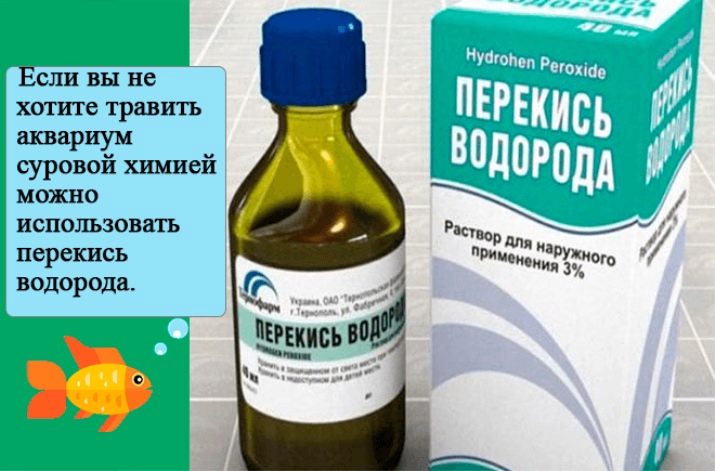
Before the procedure, the fish are removed from the aquarium and transplanted into a temporary tank. If the cause of the complete cleaning is not an outbreak, it is allowed to use water from the main aquarium. Also, part of the water can later be used to restart.
Then all plants are removed from the aquarium. It is desirable to destroy diseased specimens or place them in a separate tank for further treatment.
Next, soil is extracted from the aquarium. It is thoroughly washed and disinfected. To destroy pathogens and viruses, heat treatment is used. To do this, soil and stones are boiled in a container or calcined on a baking sheet.
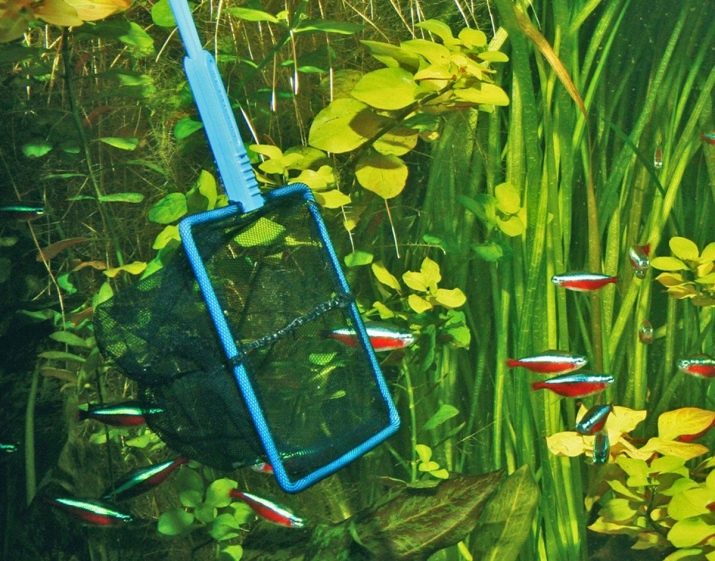
If the cause of deep cleaning of the aquarium was a disease among fish or plants, washing the structure is carried out using disinfectants and washing powder. All devices (feeders, tools, nets, decor) must be disinfected or boiled.
In the process of deep cleaning, you can use professional chemistry, which will facilitate the procedure of washing the aquarium, destroy pathogenic bacteria, clean old aquarium water, and prevent the formation of a layer of algae on the walls. As examples of such funds, you can bring the drug Tetra biocoryn for cleaning the aquarium from biological pollution, a tool Tetra crystal water for water purification from all types of turbidity, purifiers Chimola and Dennerle Clear Water, Cidex algae control agent.
When restarting, all actions are usually performed in the reverse order. So, first of all, soil, equipment and stones are placed in the aquarium, then decor and plants. At the final stage, fish are launched into the aquarium.
Before releasing them into the aquarium, check the temperature, acidity and hardness of the water. Additionally, tests are carried out for the content of nitrates, nitrites, phosphorus, ammonium.
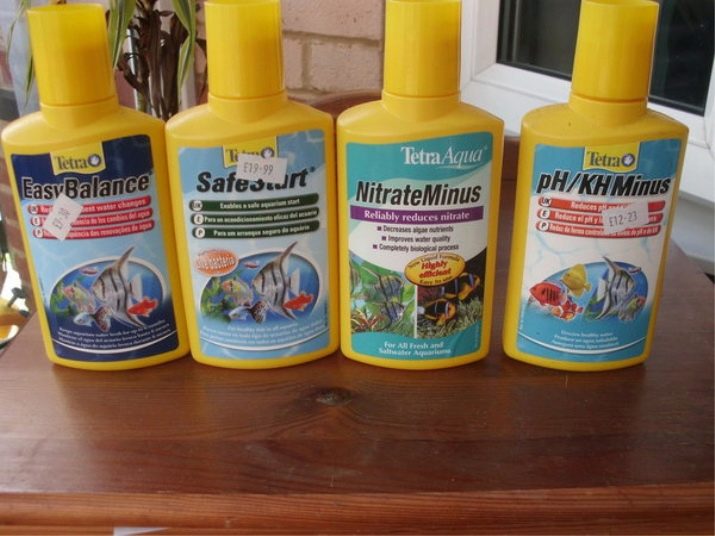
Useful Tips
The intervals between surface cleanings of the aquarium can be significantly increased if you follow a few simple rules. So, you can keep the water fresh longer if you leave an air gap of 5-6 centimeters between the aquarium cover and the surface of the water.
Slow down the process of natural pollution of the aquarium will allow the control of water temperature. It should be at the minimum acceptable level recommended for the maintenance of aquatic inhabitants and plants. Too warm water stimulates the vital activity of microorganisms producing pollutants.
The water in the aquarium will remain clean and clear longer if you feed your pets sparingly and without frills. The uneaten food residues settle at the bottom of the tank and decompose, causing turbidity of the water.
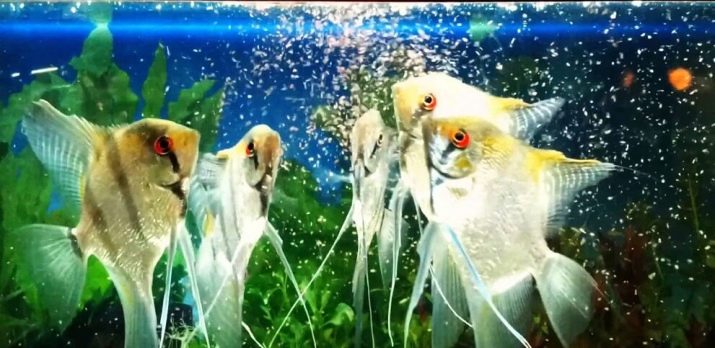
Noticed that excess light often leads to intense algae formation. In strong light, algae begin to grow actively, forming characteristic green clusters on the walls of the aquarium.
Some inhabitants of the underwater world can help maintain cleanliness in the aquarium. Such assistants include mollies, ontocycluses, swordsmen, algae eaters, snails - fiz and coils. These creatures help to combat plaque, film on the water, algae.
Twice a year it is advisable to carry out a general cleaning of the aquarium. In the spring, a partial water change is made in the tank, plants are planted, and the design is updated.During the autumn harvest, thinning and sorting of algae, inspection and adjustment of lighting, heating, filtration and aeration systems are carried out.
Experienced aquarists recommend that you do not need to invade the established ecosystem of the aquarium without the need. Any changes and interventions should be made with extreme caution.
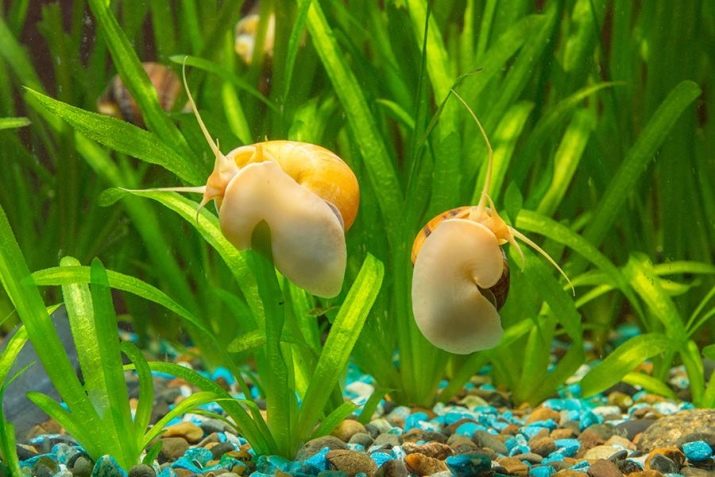
During cleaning, only clean, disinfected equipment should be used. All manipulations inside the aquarium must be done exclusively using tools and improvised means. It is highly discouraged to clean with bare hands and all the more soiled hands. If the aquarist has at his disposal not one but several aquariums - for each of them you need to use a separate set of equipment and materials.
A little trick that will help reduce the duration of the next cleaning: when filling the aquarium, the soil should be laid at a slope to the end or side wall. All pollution, settling, will accumulate in the deepest part of the bottom, which will greatly simplify their collection.
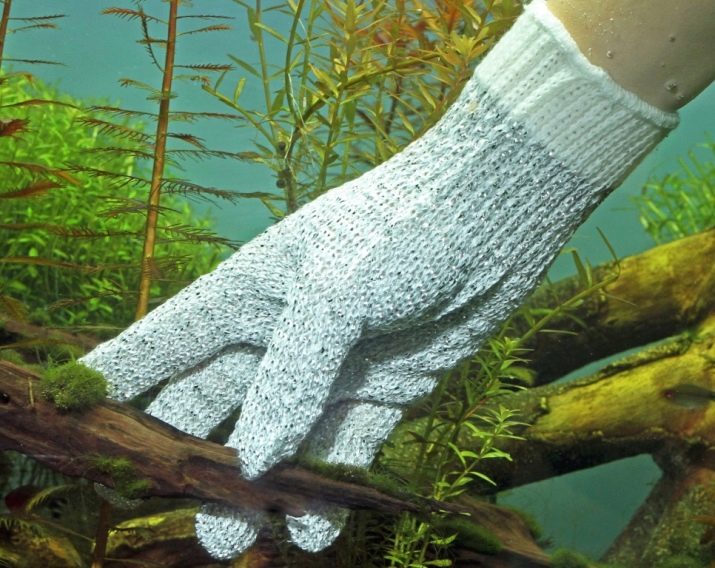
When cleaning the aquarium, do not completely drain the water from it. This may result in the death of all tank inhabitants. Total replacement of water is carried out only in case of an outbreak of a viral or bacterial disease. In other cases, water is updated gradually in the aquarium. To do this, every 1-2 weeks, approximately a quarter of the water in the aquarium is replaced with a similar amount of fresh water.
Fresh water in its quality characteristics should be as old as possible. This applies to temperature, hardness, acidity, nitrite and nitrate levels. Only topped water is used for topping up. The smell of bleach from the water should not come.
Sometimes after replacing water in an aquarium, a shiny film can be seen on its surface. Her appearance suggests that the biological balance was disturbed in the tank. Film from the surface of the water Eliminate with a clean soft cloth. It is important to remove all fragments of the film during the process, otherwise it will appear again very soon.
If this problem begins to occur regularly, the water in the aquarium should be irradiated with an ultraviolet lamp or disinfected with biomycin. Before carrying out both procedures, the fish are removed from the aquarium and placed in a temporary tank.
The video below will tell you how to properly clean an aquarium at home.
